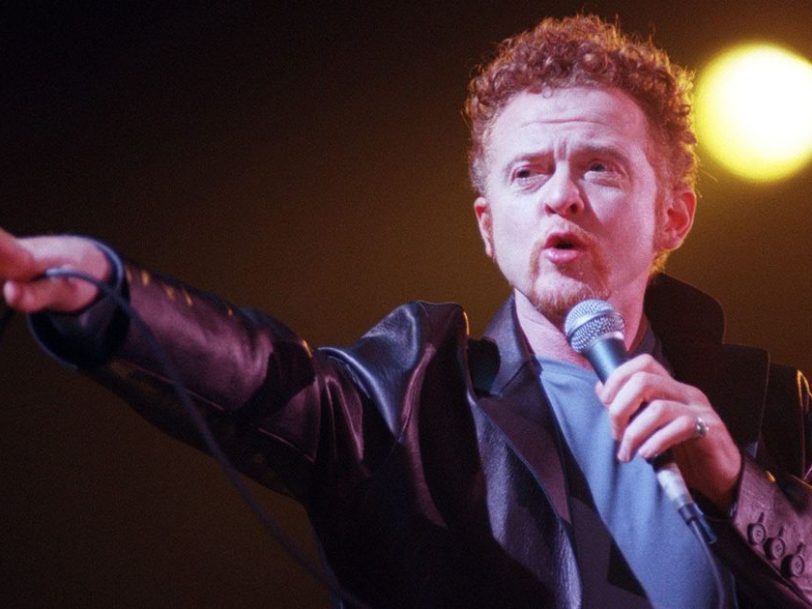After achieving massive commercial success with his group’s previous two albums, Stars and Life, Simply Red lead singer and songwriter Mick Hucknall took a bold step to explore new musical horizons for the band’s sixth album, Blue. Working with an eclectic mix of genres ranging from soul to jazz, reggae and electronic music, Hucknall emerged from a particularly tumultuous time with a heart-rending collection of songs.
With longtime band members leaving before studio sessions had begun, the Simply Red line-up was in a state of flux at the time Blue was recorded. Additionally, Hucknall found himself wrestling with regret over a recent romantic break-up. Imbuing his songs with greater emotional depth, however, Hucknall ended up reflecting both his personal struggles and the band’s journey through a period of significant change.
Here is the story of how Simply Red’s melancholic sixth album, Blue, remains a testament to their perseverance and resilience…
Listen to ‘Blue’ here.
The backstory: “I was on a slight self-destruct thing but also wanted to carry on”
Despite scoring their first UK No.1 hit single, Fairground, and once again topping the charts with its parent album, Life, in 1995, success had finally taken its toll on Simply Red. The departures of keyboardist Fritz McIntyre and guitarist Heitor TP meant that frontman Mick Hucknall and saxophonist Ian Kirkham were now the sole remaining members of the group, so the challenge of making a follow-up album was a daunting prospect. It came as a further surprise when Hucknall decided to part ways with his long-standing producer, Stewart Levine, who’d helped all but one if Simply Red’s albums since the release of their debut, Picture Book, in 1985. “It was just the coming to the end of a cycle,” the singer later explained.




